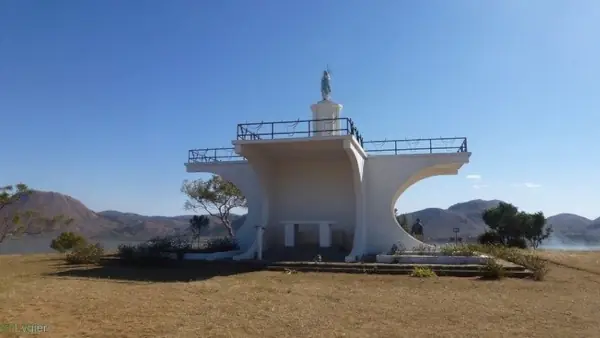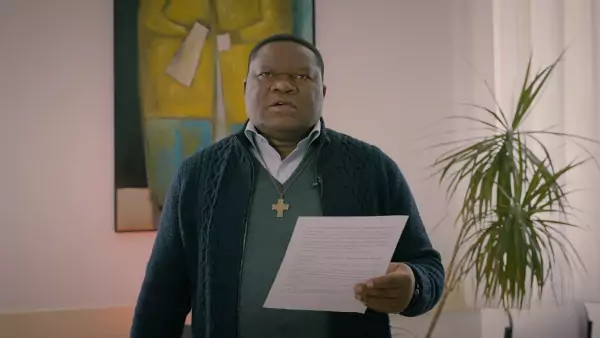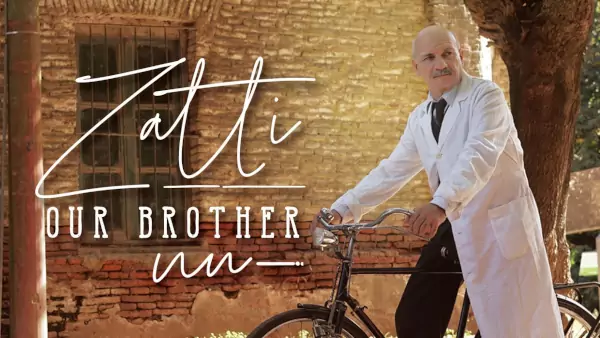06 October - Bruno is believed to have been born in Cologne, Germany, to a high-ranking family of unknown name, probably 1030 and 1035. He would have been first canon perhaps in the collegiate church of Saint-Cunibert in his home town, which he left young enough to continue his studies in Reims.
In 1057, the Archbishop of Reims, Gervais de Belleme, entrusted him with the management of the school of which he had been a pupil, replacing Canon Hermann. He taught liberal arts and theology. Bruno was in charge of the school for 20 years. The Archbishop of Reims, Gervais, died in 1067 and was replaced by an unscrupulous man, Manassès de Gournay. Wanting to have, in spite of everything, the esteem of the clergy, he appoints Bruno Chancellor of the cathedral and director of the schools of Reims, which does not prevent the latter from denouncing the simony of the archbishop, forcing Bruno to go into exile.
A council meeting in Lyon in February 1080 pronounces the deposition of Manassès. This sentence is confirmed by the pope who excommunicates him and orders the clergy of Reims to expel the unworthy archbishop and to elect a new one in his place. Many people then think of the integrated Bruno to replace Manassès de Gournay on the archiepiscopal see of Reims. But he had other plans in mind, having formed the plan to retire in prayer with a few friends. He therefore refused the seat that had once been that of Saint Remi, put his affairs in order and gave all his possessions to the poor. In 1083, with two companions, Pierre and Lambert, he went to Burgundy to visit Saint Robert of Molesme, to ask him for the monastic habit and permission to live a semi-eremitical experience in the hermitage of Sèche-Fontaine.
On the advice of Robert de Molesme, Bruno went in the middle of the summer of 1084, with six companions, to Hugues de Châteauneuf, the bishop of Grenoble, who suggested that he settle just above the city, in the wild solitude of the Chartreuse massif where he stayed for six years. In 1085, a first church and a monastery with cloister and cells were built there, where the monks lived isolated in individual residences. In 1090, Bruno was called to Rome by Pope Urban II, who sought his advice on the reforms to be undertaken in the Church. In 1092, thinking only of resuming his life as a hermit, Bruno left for Calabria where he founded other hermitages, first of all Santo Stefano del Bosco with the agreement of Count Roger I of Sicily, who donated land to the new Calabrian foundation. Bruno died on 6th October 1101 in the hermitage of La Torre, now the Carthusian monastery of Serra San Bruno in Calabria.








